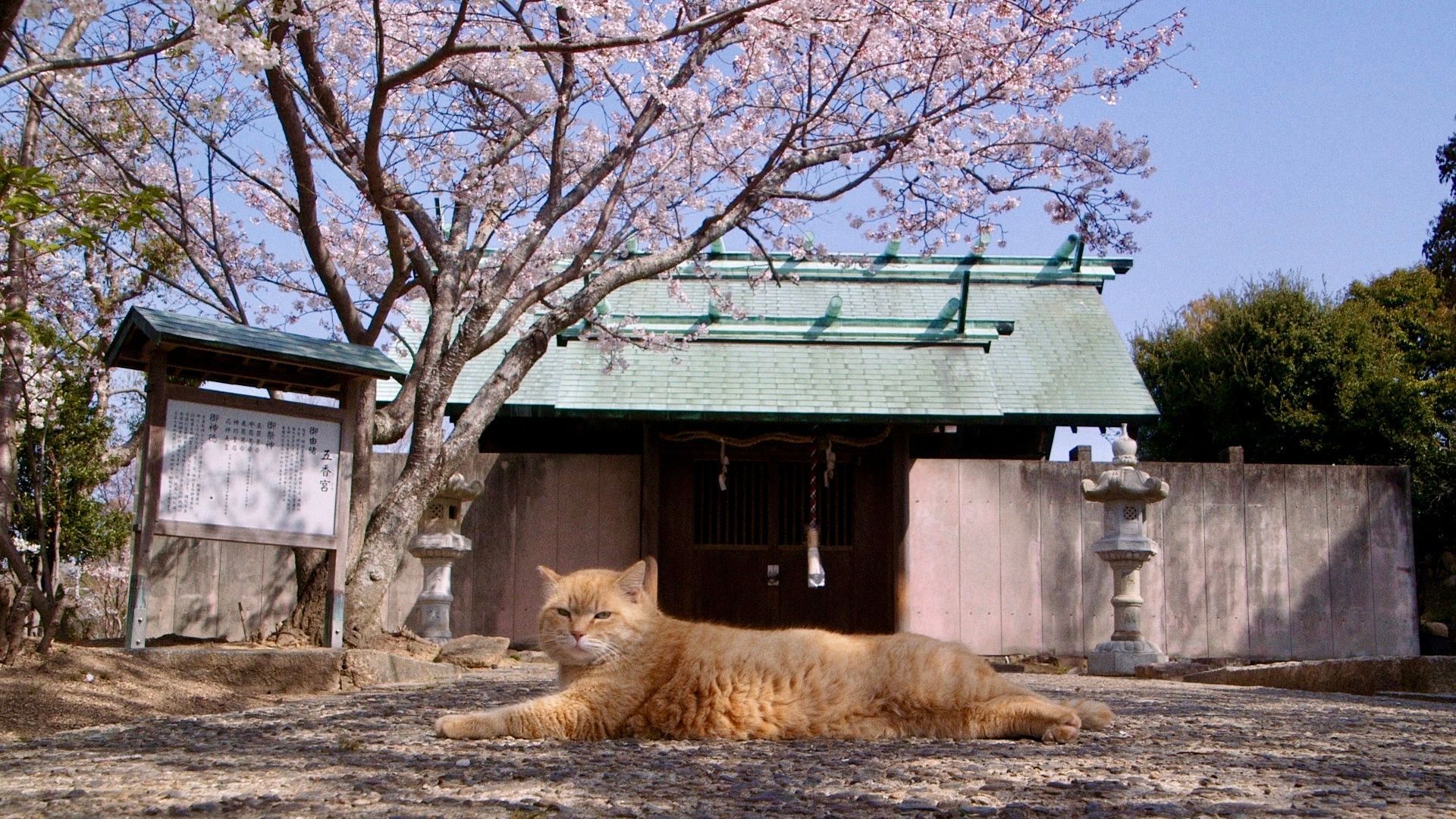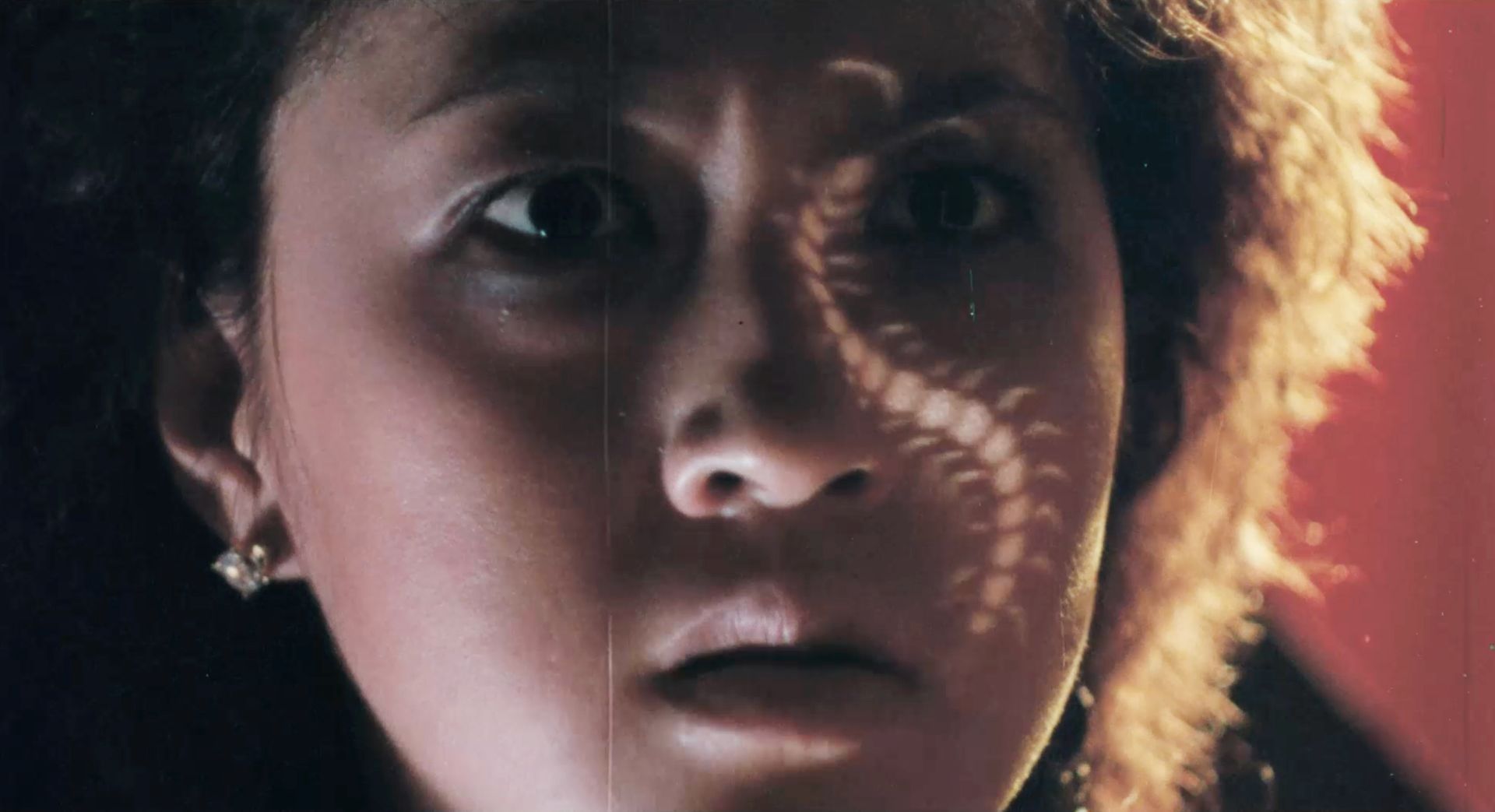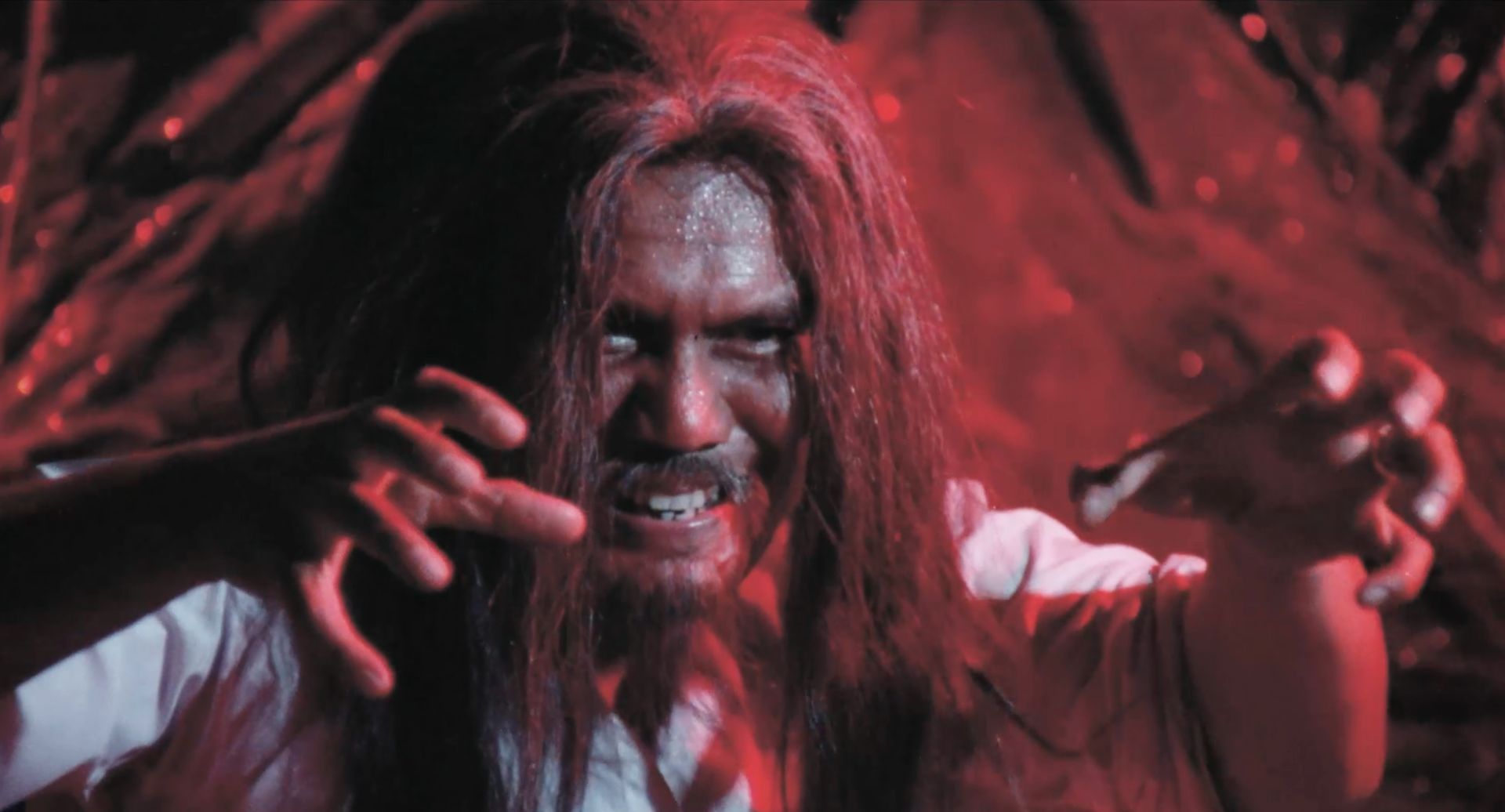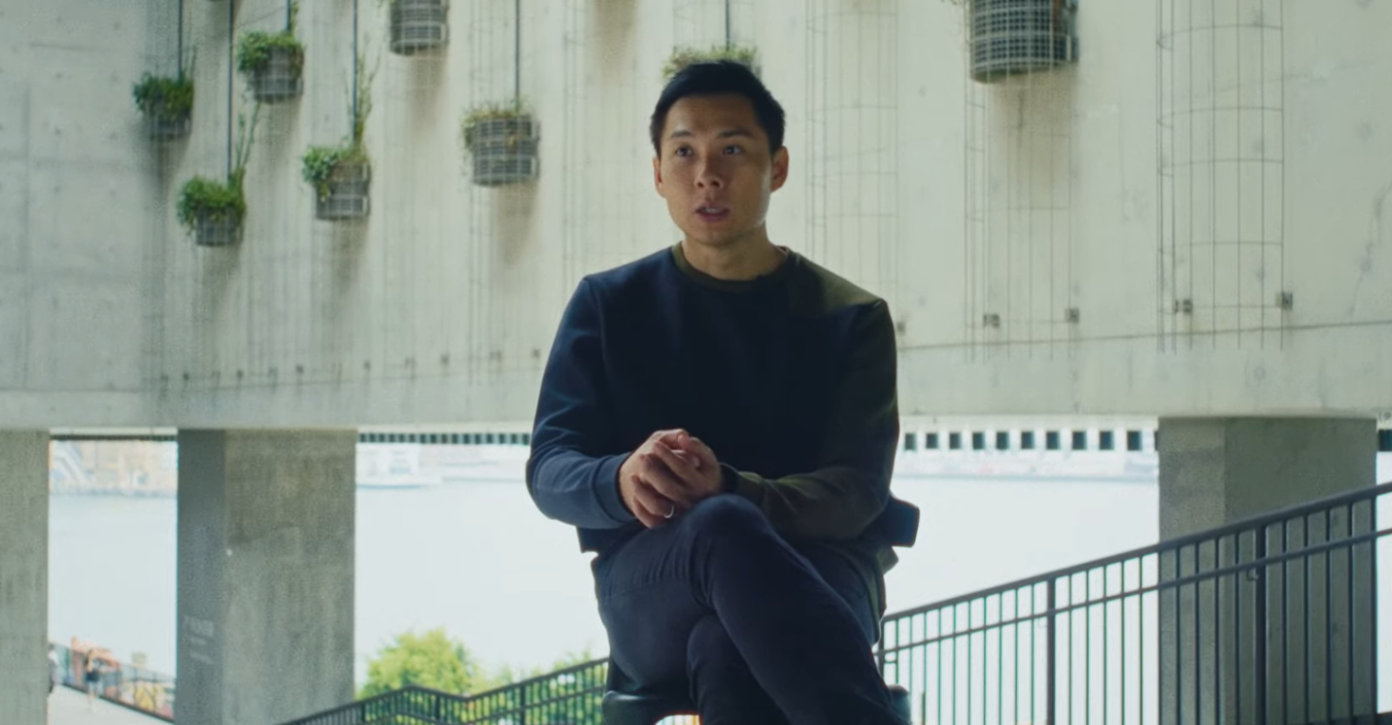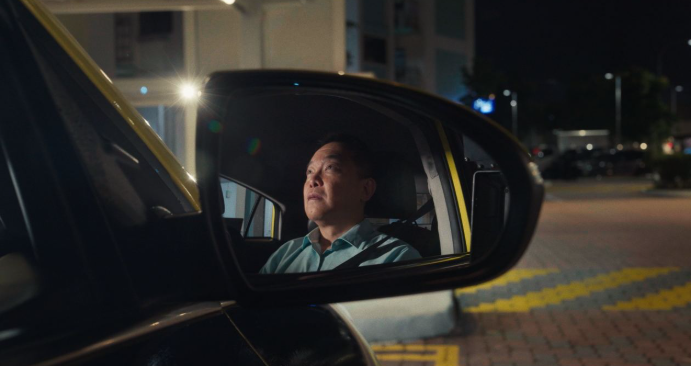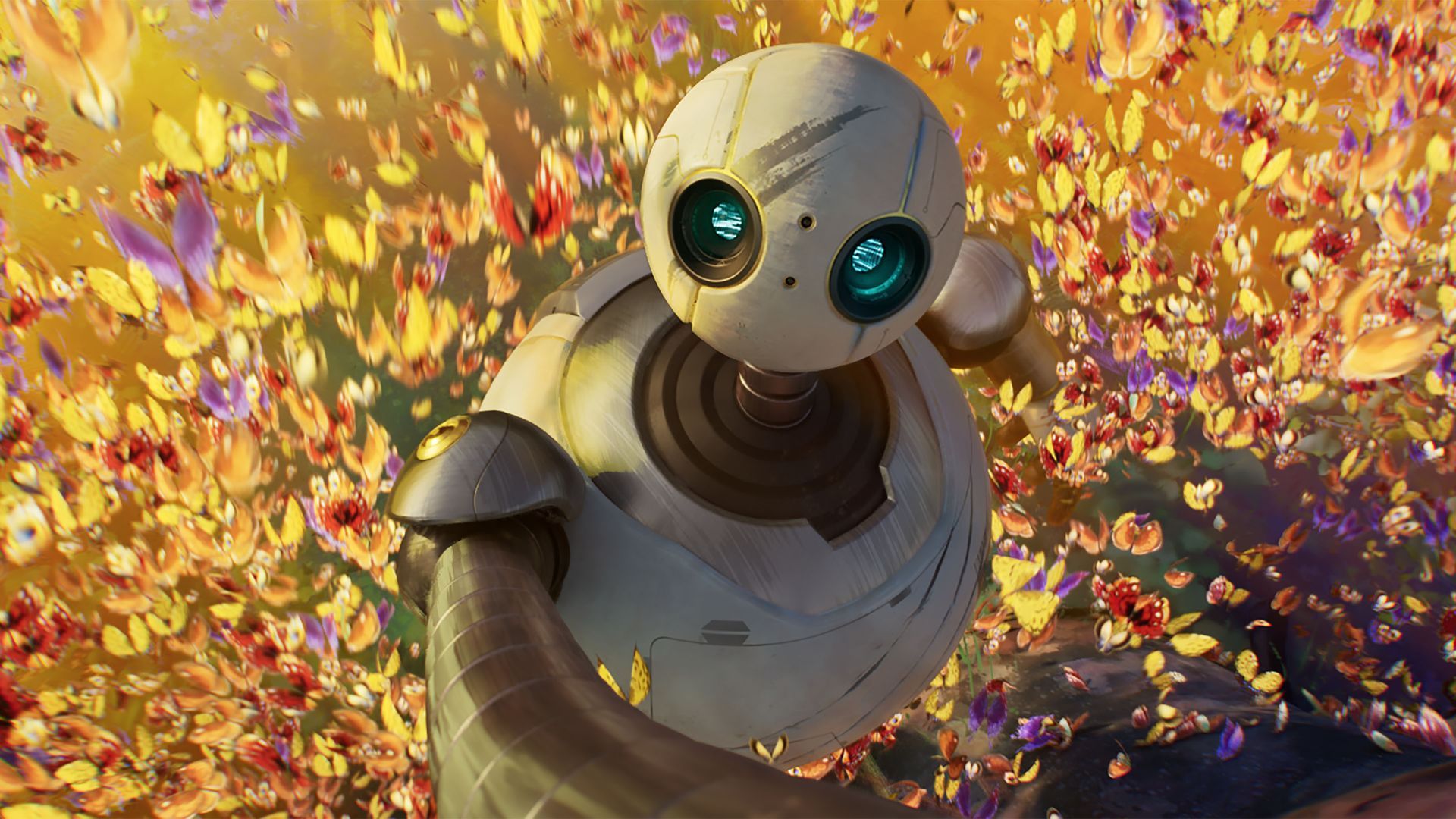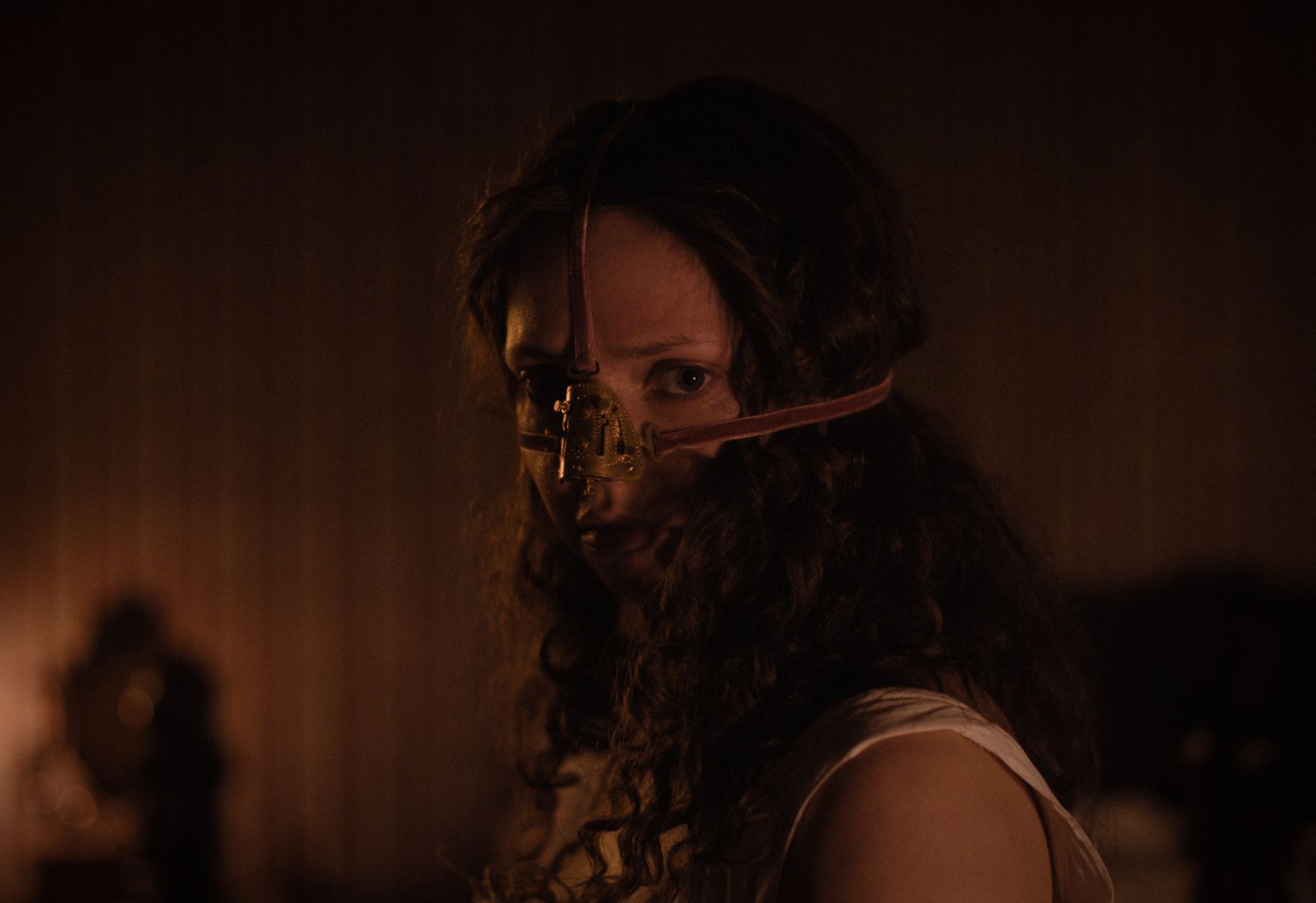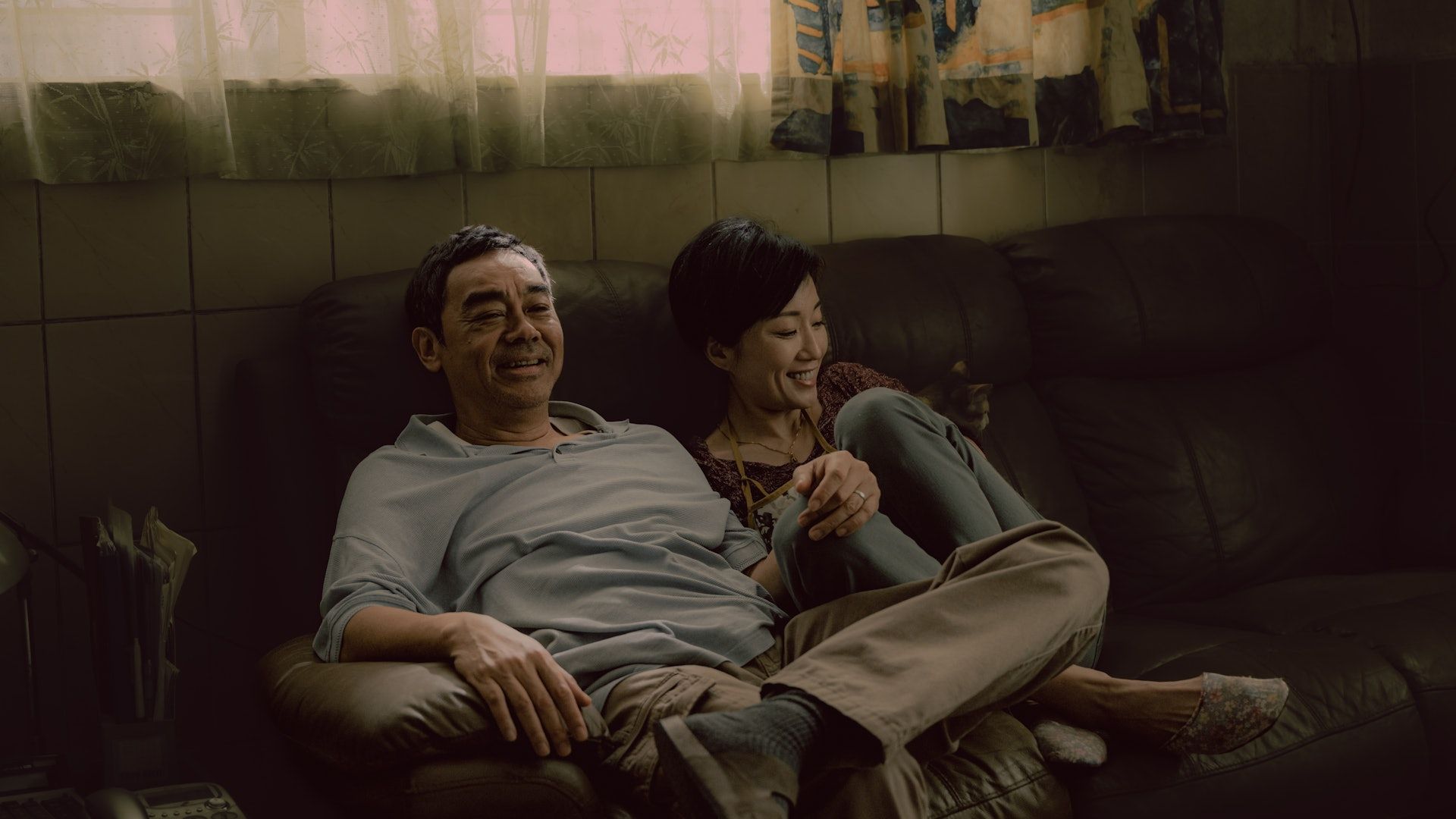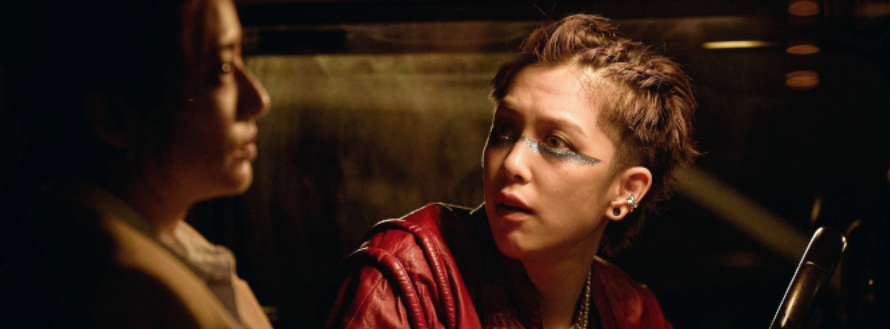Film Review #157: DUNE: PART TWO
Review - DUNE: PART TWO
Contains spoilers
A critically acclaimed film with a star-studded cast, and even more impressively, a 92% score on Rotten Tomatoes, it is no question that Dune: Part Two is a monumental film. Dune: Part Two is the second adaptation in Denis Villeneuve’s Dune Trilogy that in my opinion, easily exceeds the first. With a more ambitious plotline, the film had me instantly hooked from the first sequence and had an unyielding grasp on my attention for its entire nearly three-hour-long runtime.
Dune is a science-fiction franchise set on the desert planet Arrakis.
Part Two follows Paul Atreides as he grapples with the fall of his House Atreides, a result of a political war as seen in
Dune
(2021). With him and his mother, Lady Jessica, being the sole survivors of the attack, he is thrown into hiding on Arrakis, facing the harsh, unrelenting tempers of the deserts. The film follows Paul as he earnestly seeks revenge against those who destroyed his family, all while battling his inner demons, marked by a prophecy of mass destruction he will cause in the foreseeable future.
As a sci-fi film buff who loves films like
Avatar (2009) and
Inception (2010),
Dune has indubitably met all my expectations: a full-blown universe, unique characters, and most notably, its maximalist aesthetic.
Right off the bat, the film starts with a gripping scene of the Harkonnens hunting down Paul and Lady Jessica, showcasing
Dune’s distinctive dark orange hue. Throughout the film, the colour grading sets a clear tone for the scenes, amplifying the tension in pivotal scenes and adding to the mood of the film. Another example is the scenes set in Giedi Prime being shot in the famous infrared filters, giving it a monochromatic look and adding to the villainous aura of the Harkonnens. While it may seem relatively insignificant, colour grading can make or break a film, and in this case, it has been used masterfully to manipulate the atmosphere.
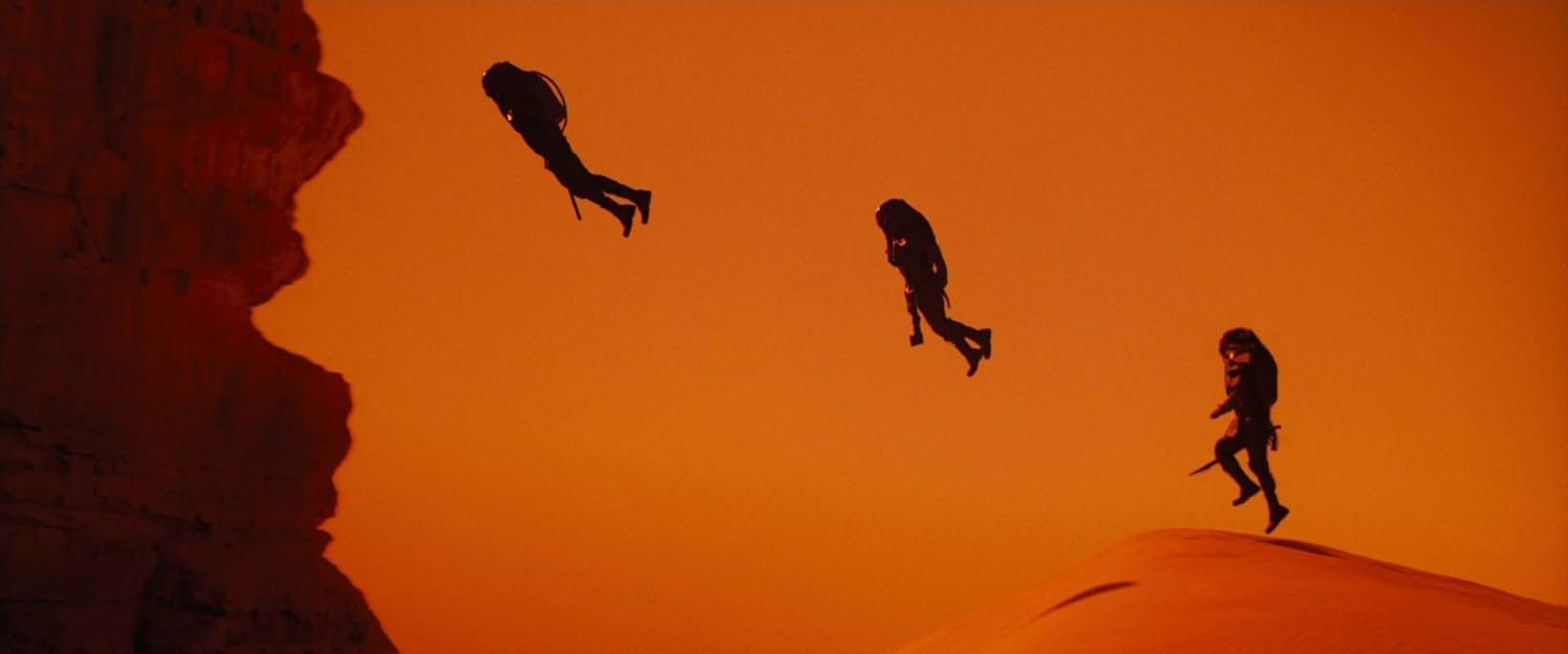
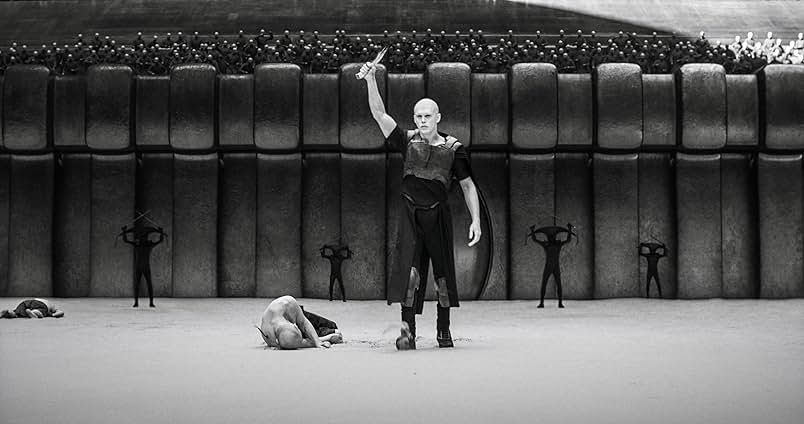
While the film has been widely regarded as the epitome of visual artistry and the peak of popular cinema, the aspect that enthralled me most was undoubtedly the characters. Dune: Part Two is filled with deep and complex characters, all fueled by their own justifiable motivations that resulted from their backstories. To me, every character felt so distinctively human that I could not help but empathise with them, even if they had some terroristic tendencies. Regardless of which side the characters stood on, they were willing to do everything it took to achieve their purpose.
However due to the film’s ambition, I do feel that some characters have been unfortunately sidelined to make space for the main characters, and as a result, felt one-dimensional and shallow. Such characters like Princess Irulan, played by Florence Pugh, and Lady Margot, played by Léa Seydoux, only had brief appearances and felt like mere devices to move the plot along. Even the Emperor, played by Christopher Walken, felt out of place and had little significance in the film even though he was the sole orchestrator of the fall of House Atreides. This aspect was so immensely frustrating to me as the Emperor’s lack of action and dialogue created problems that could have easily been prevented. Nonetheless, this decision is still somewhat reasonable due to time constraints and I do look forward to seeing how the side characters will be better fleshed out and utilised in the plot of Part Three.
The spotlight was instead shifted to the main characters, namely Paul, played by Timothee Chalamet, and Chani, played by Zendaya. During the film, we watched their tumultuous relationship blossom and go through their ups and downs. The two felt the most authentic to me, both with their values bornt from their vastly different upbringings. While Chani prioritised her loved ones, Paul prioritised his rage against the Empire and the Harkonnens. This aspect was very profoundly displayed in the third act (which is easily the best act of both
Dune
films), where although Chani had her doubts about the path Paul had taken, she chose to trust the man she loved and acquiesced to his plan. Paul, on the other hand, did not seem to share the sentiment, publicly marrying Princess Irulan, for his political gain. This scene was so incredibly heartfelt to me and was such a clear indicator of the routes their characters have taken.
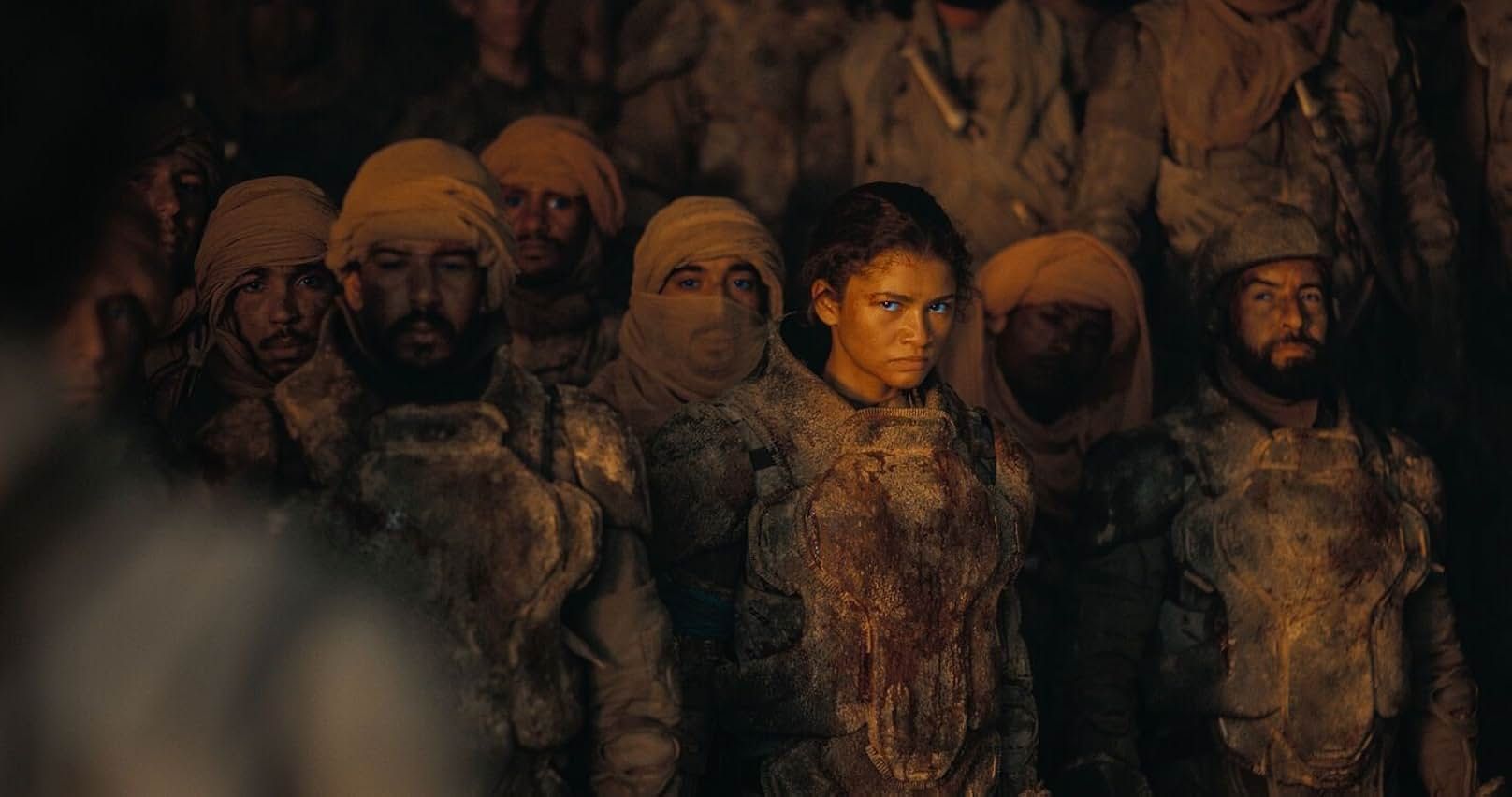
This feature of interesting, flawed characters will always be the most compelling to me in any film, and the actors have done a tremendous job bringing them to life in Dune.
Overall,
Dune: Part Two has effortlessly become one of my favourite films ever. The passion of the filmmakers was palpable, from the choreography to the music, every part of the film had me wanting more and ultimately lured me back to the cinema to watch it three more times. And although the film may have been snubbed at the recent award shows, I wholeheartedly believe that
Dune: Part Two
is a show-stopping spectacle that deserves to be seen on the big screen at least once in your life.
-----------------------
About the author: As a huge film buff, Jia En has somehow never seen half of the most critically acclaimed films out there but will have watched all 5 installments of a franchise with an average of a 2-star rating.
This review is published as part of *SCAPE’s Film Critics Lab: A Writing Mentorship Programme, with support from Singapore Film Society.

